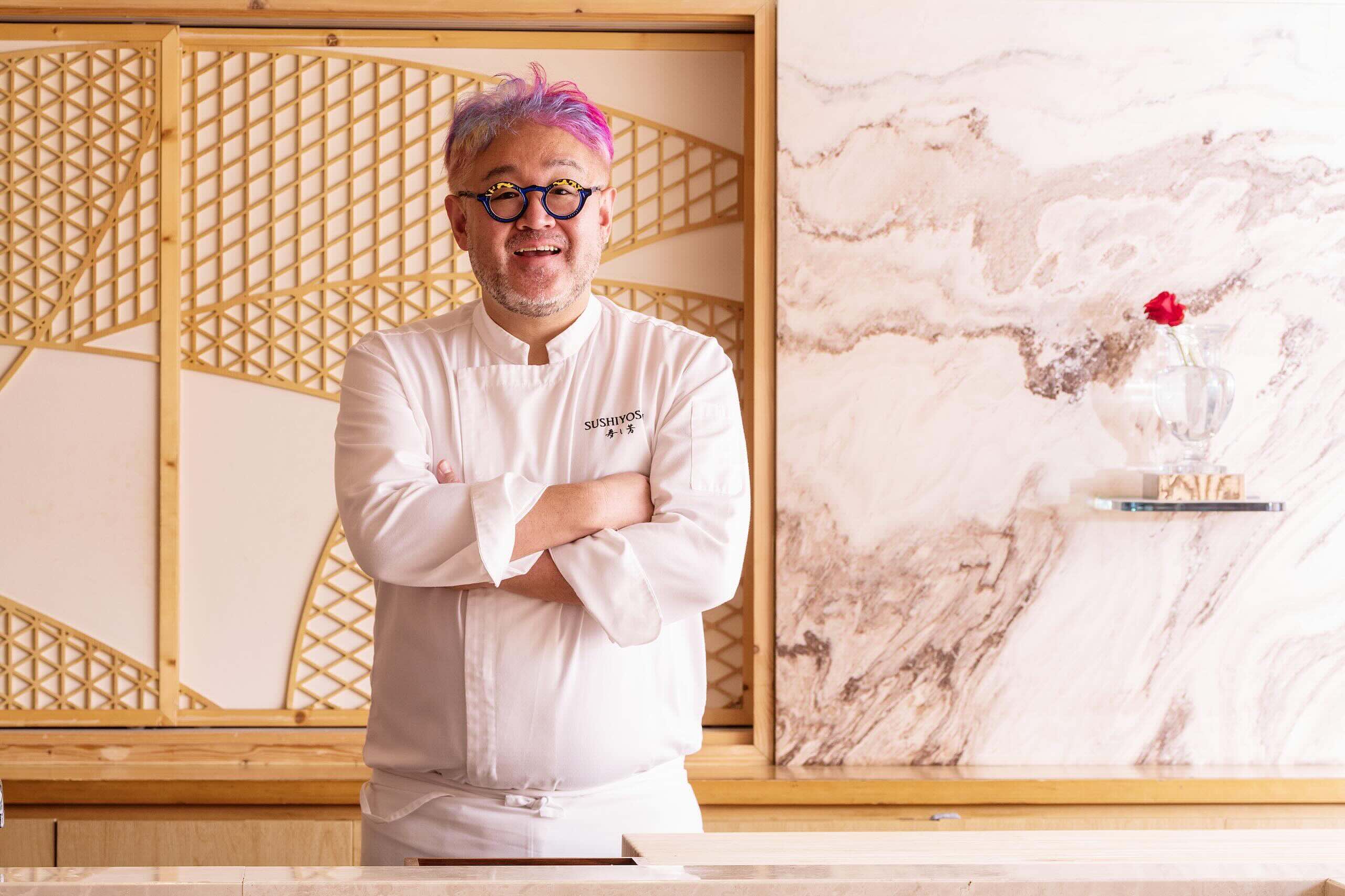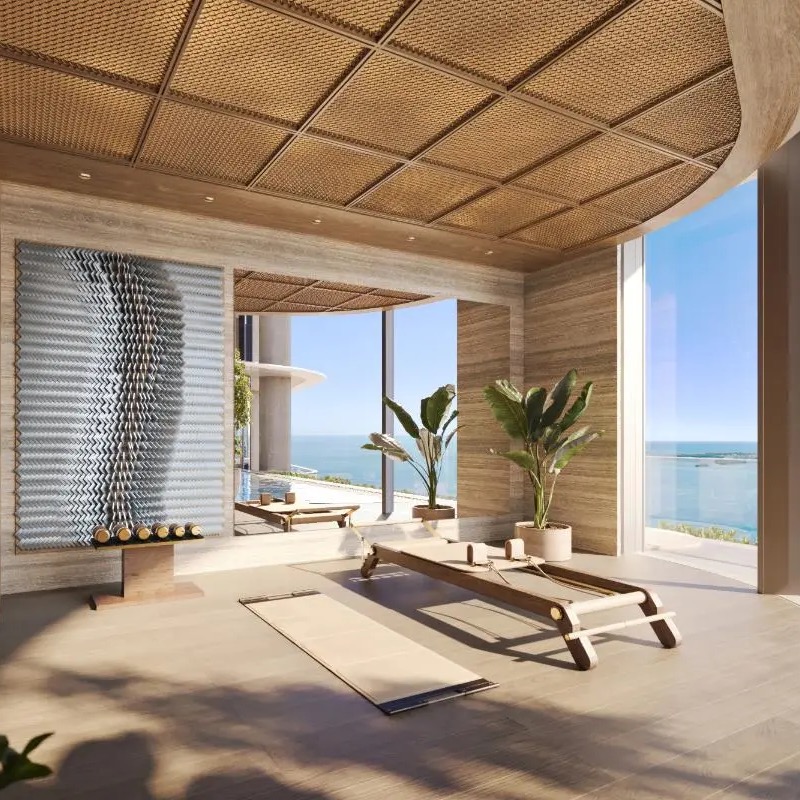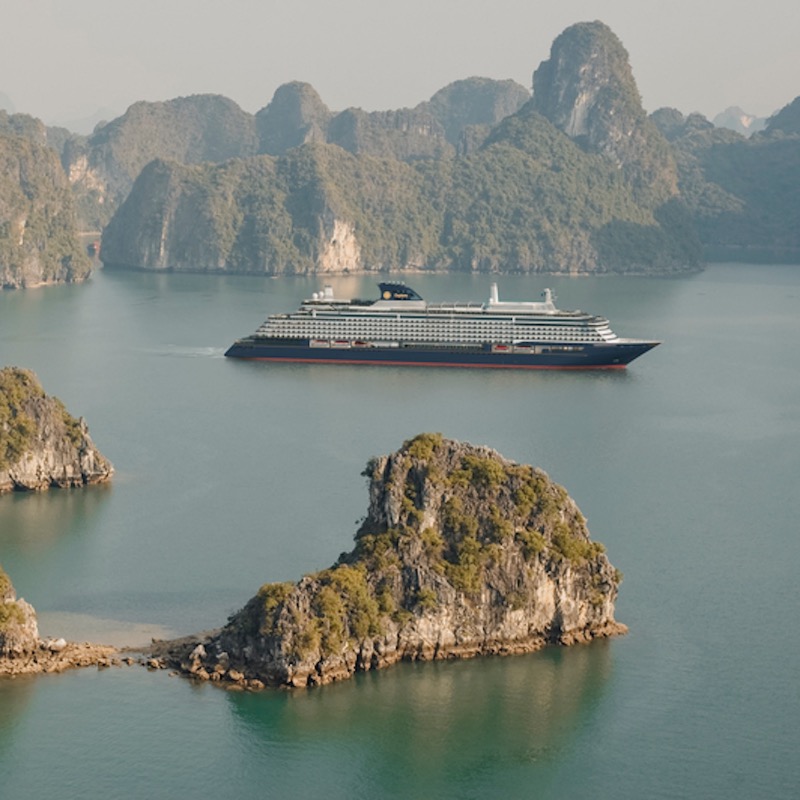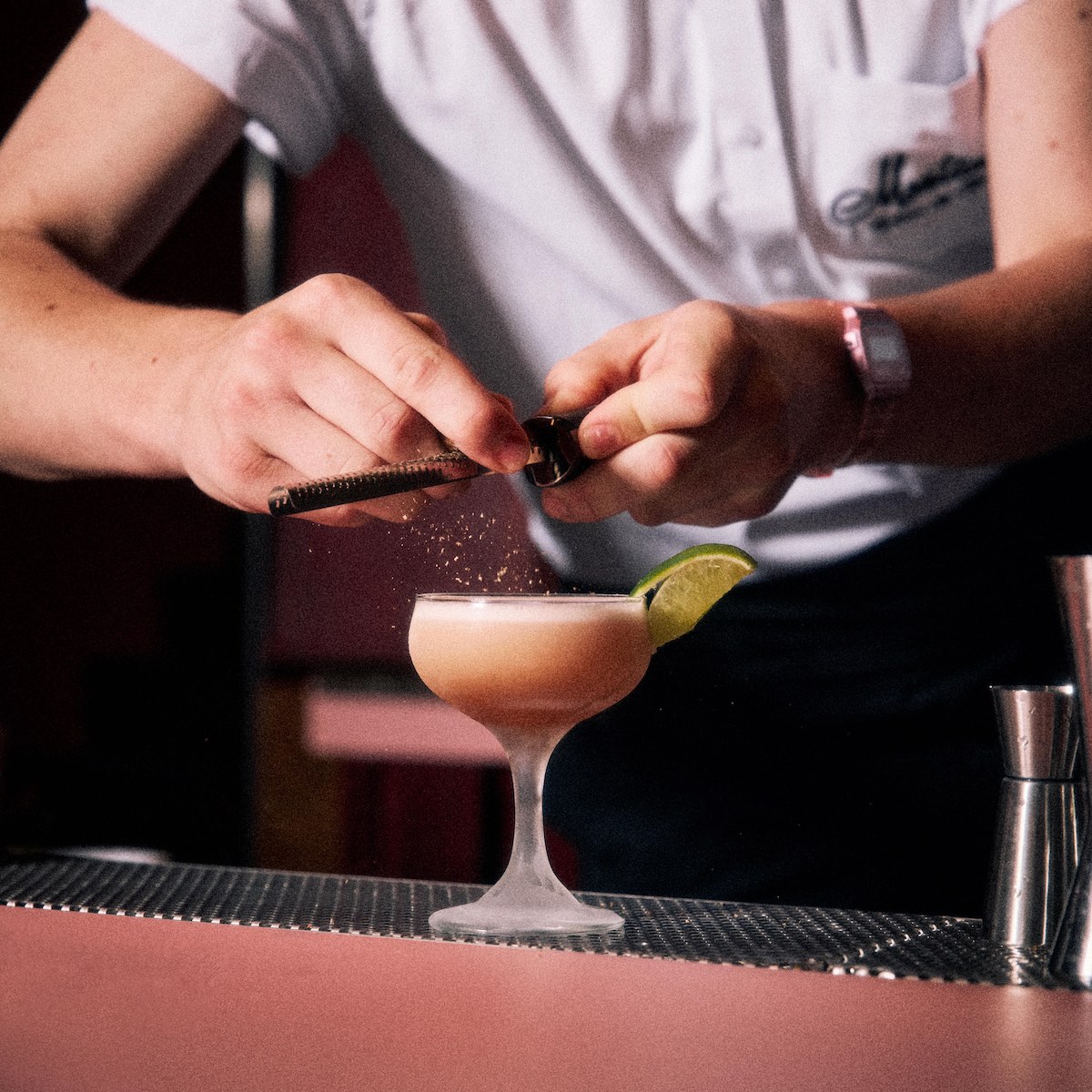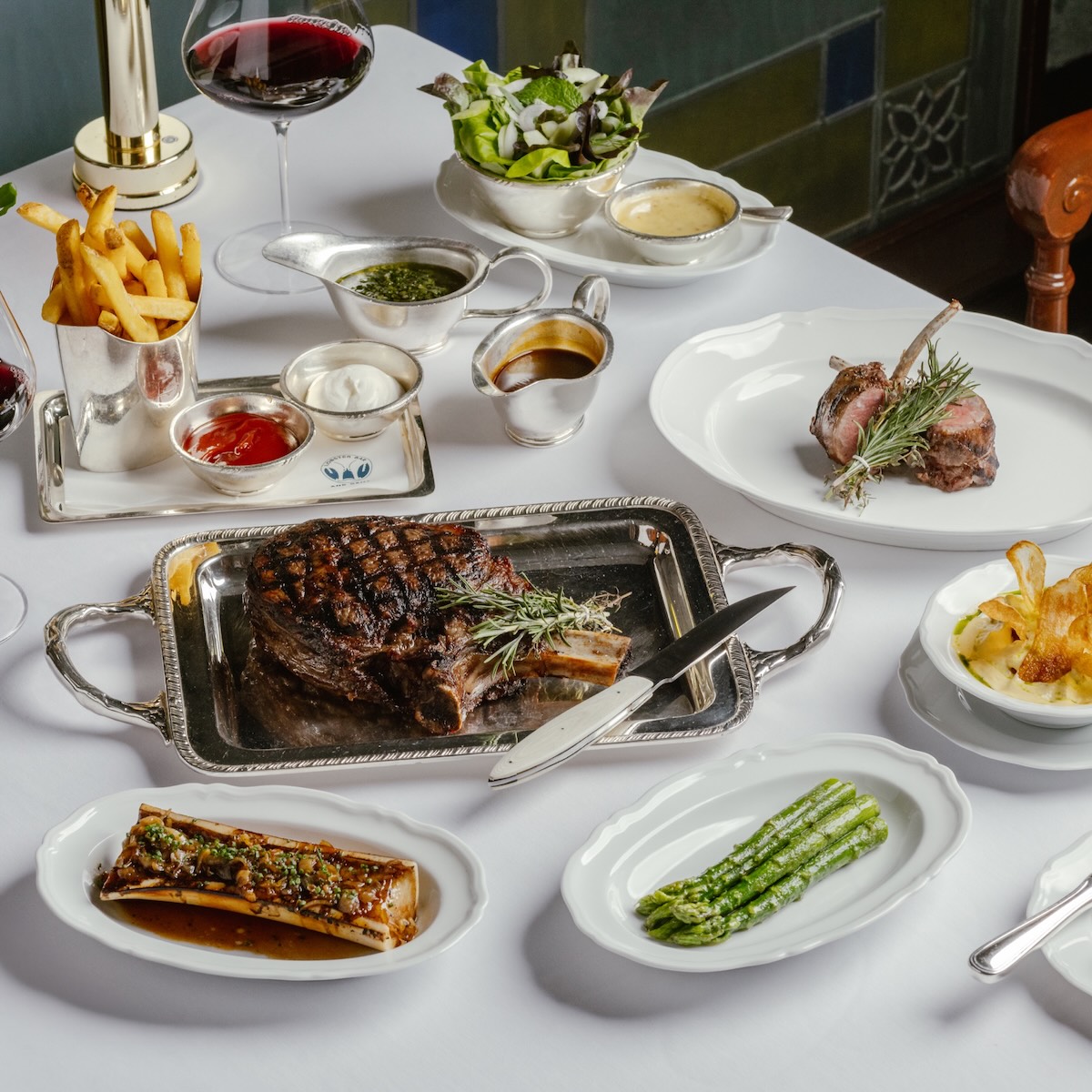This story is part of a series of features covering MGM x RR1HK Culinary Masters Macau 2025, hosted at MGM COTAI in Macau on 7–8 June 2025.
Becoming a sushi chef in Japan traditionally takes shape as a many-stepped ritual. Complex, laboursome, and arduous, the rigid and prescribed path to becoming an expert in the art of sushi-making demands time, attention, and dedication, following the shokunin craftsmanship culture. It is often repeated that apprentices and chefs must complete around a decade of training under a master before they are deemed ready to open their own restaurant.
And then, there are some people who forge their own path, and do things completely differently. Growing up, Hiroki Nakanoue had a connection to the world of sushi-making through his father, who ran a traditional sushi restaurant in Osaka. He had ambitions of becoming a sushi chef himself, but when he inherited his father’s eatery, he found that he was wholly unprepared for the reality of the business, as he had never undertaken a formal apprenticeship. Nakanoue spent years self-learning the art of Edomae-style sushi to master the craft before he realised that expanding his creative perspective could help him elevate his gastronomy, breaking away from the rules that govern traditional Japanese cuisine.
His perseverance paid off. His Osaka restaurant, Sushiyoshi, gained two coveted Michelin stars, impressing diners and critics alike. Now with Sushiyoshi locations in Hong Kong, Shenzhen, and Taipei, Nakanoue’s regional expansion feels synergetic with the global inspirations that have garnered him critical acclaim. International culinary cultures, overseas working experiences, as well as his own travels have contributed to the ebullient chef’s signature approach of blending traditional Edomae sushi with modern, Western-influenced appetisers, harmonising time-honoured Japanese omakase with contemporary inflections.
In conversation with Robb Report Hong Kong ahead of MGM x RR1HK Culinary Masters Macau 2025, Nakanoue tells us what inspired him to become a chef, how he embraced his individuality, the growing pains of opening a restaurant, and the importance of remembering first feelings.
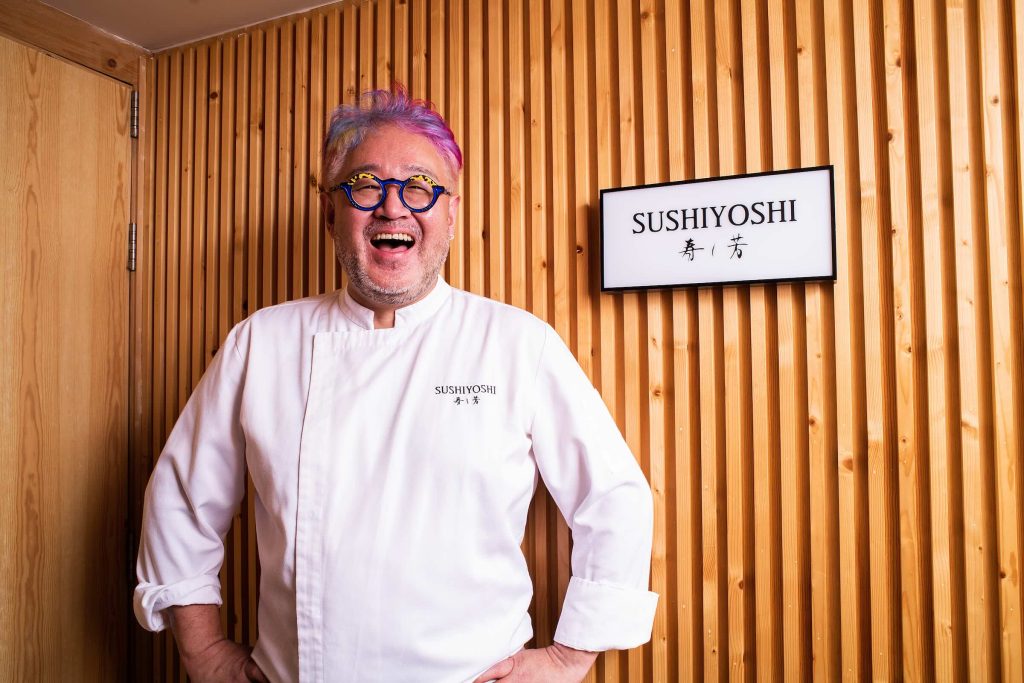
Who or what inspired you to become the chef you are today?
I admired a restaurant in Tokyo called Tsuruhachi. When I was 12 years old, I got a culture shock from [reading] a book [Kanda Tsuruhachi: Chotto Koikina Sushibanashi] written by the master chef of Kanda Tsuruhachi [Yukio Morooka], which inspired me to become a sushi chef. The book became a bestseller and was made into a TV drama [Iki no Iyatsu] and I watched the drama and read the book over and over every day.
You inherited your father’s sushi restaurant. What was his restaurant like when you inherited it, and what challenges did you face when opening Sushiyoshi?
One of the reasons [why] I wanted to become a sushi chef was because my father was a sushi chef, but his restaurant was a real down-to-earth restaurant and it was really hard to change it into my ideal sushi restaurant. My mother was helping me at the time, but she didn’t like changes. In the past, it wasn’t as easy to open a shop as it is now, and I didn’t have any training. It was hard to acquire skills and [business] was really slow. For the first seven years after I opened the shop, it was always in red figures.
Western culinary cultures have played a role in influencing your cuisine. How did that culinary inspiration begin?
About seven years after opening, the restaurant gradually became busier and busier, and I was proud and confident of my idea of Edomae sushi, but I had always had a great desire to do it overseas. When I made sushi at an event in New York for the first time, I realised that my technique was not good at all. Edomae sushi is a food that can be served at a small counter in Japan, and I realised that there is a limit to how good it can be served overseas to a large number of customers.
My restaurant was in Osaka, but at the time, there were still no Edomae sushi restaurants in Osaka, and sometimes, customers from Tokyo would say that my sushi was just an imitation of Tokyo sushi, and that there was a trend that you had to kill your own individuality in order to make Edomae sushi, and I found that difficult. I think my decision to adopt Western cooking techniques came from my rebellious attitude towards that sort of thing. I didn’t know anything about the world at that time.
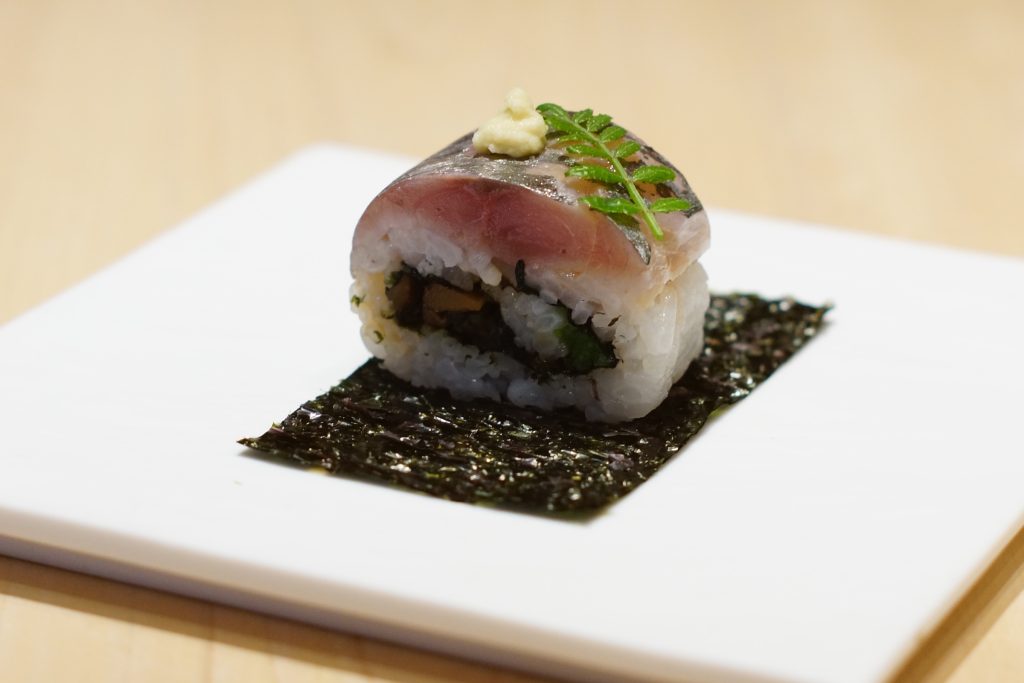
How do you balance Western and Japanese flavours in your development of dishes?
I don’t take a Western style now as much as I used to. Now that I live in Hong Kong, I’m more interested in balancing Chinese and Japanese food. But in the past, sushi used to be served in a traditional Edomae style with a little bit of Western skill on the tsumami side.
What are the fundamental principles of Edomae sushi that you follow?
Edomae sushi is a food made up of rice, fish, wasabi, and soy sauce, and I believe that if any one of these elements is missing, the sushi will lose its taste.
You’ve gained high honours in the food world. What’s your secret to success?
It is about always remembering the first feeling. For example, the feeling of excitement when you first eat sushi. Or when you cook a fish and it’s at its best. I think I know what my best dish is, so I always try to get closer to it.
Has success changed your perspective towards your culinary craft in any way?
I don’t think it’s because I’m successful or anything, but I don’t think I have the same longing for sushi as I did in the past. I’ve come to feel that sushi is more than just a food that warms the heart. I want to create a sushi restaurant that is different, that warms people’s hearts, and makes people happy.
One of the unusual courses you’ve served at Sushiyoshi features lobster with Sprite. Can you tell us more about this dish?
Lobster [with] Sprite is not a typical dish at all. It is something I learnt from Thai staff when I used to work in Bangkok. I think there are a lot of opportunities to learn about things we usually throw away or things we didn’t realise we had. I think the basis of creating new dishes is to be moved by them with an honest heart.
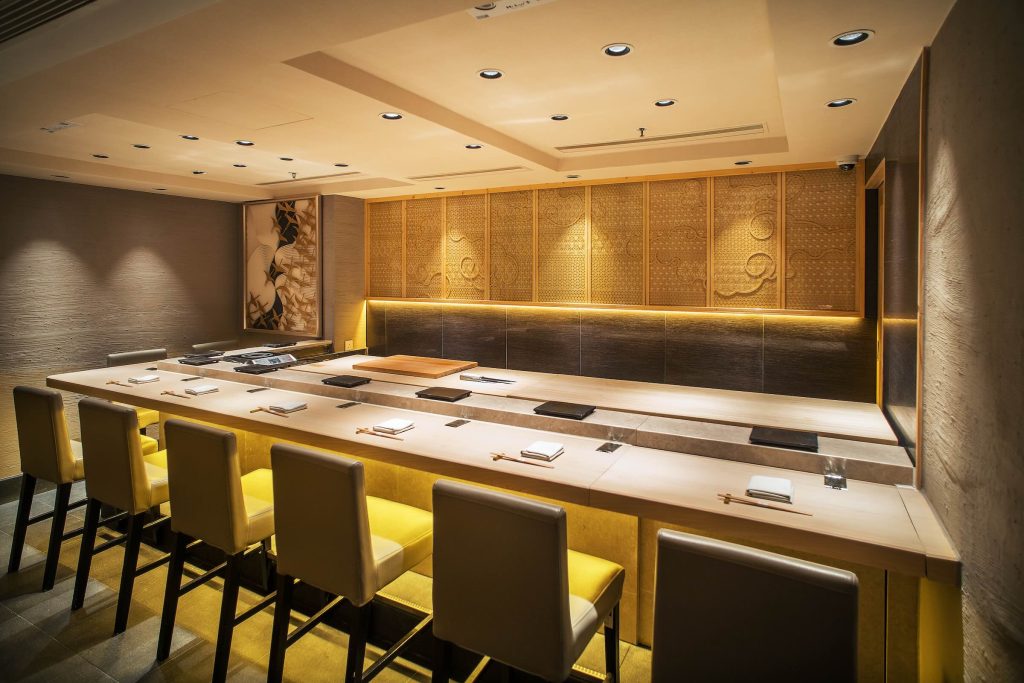
Why did you choose to expand Sushiyoshi internationally?
After considering opening my first overseas shop in Hong Kong, I achieved great success due to the strong support of my existing customers. This success encouraged further expansion to Taipei and Shenzhen. Our Taipei shop was awarded one Michelin star in 2022, affirming our commitment to the service and dishes.
What ingredient are you most excited to highlight in your dishes for MGM x RR1HK Culinary Masters Macau 2025?
For MGM x RR1HK Culinary Masters Macau 2025, I’m thrilled to highlight quality Japanese ingredients in my dishes. While sushi is seldom featured at events like these, I am excited to create unique sushi and other dishes that deliver uncompromising taste and quality, ensuring our guests are delighted and completely satisfied.
How will your contribution to MGM x RR1HK Culinary Masters Macau 2025 sync up with this year’s theme, “Flavors of Harmony: A Journey Through East Asia”?
I am excited to join MGM x RR1HK Culinary Masters Macau 2025, contributing Sushiyoshi’s innovative dishes to the “Flavors of Harmony” theme. I will collaborate with all the chefs to craft a menu blending East Asian flavours, ensuring a memorable dining experience.
What does luxury mean to you?
I met chef Massimo [Bottura] of Osteria Francescana at [Culinary Masters in Macau] in 2023! I’ve never been to eat at his restaurant, but I admire him [through his] books [and on] social networks. I was wearing a Gucci outfit and he was staring at me. Because he’s a Gucci fan, too! I was so moved to meet him and talk to him, and he was like, “Who is this Gucci guy?” I loved Gucci before that, but from that moment on, my Gucci fever blew up. Because if I hadn’t been wearing Gucci at that time, Chef Massimo wouldn’t have noticed me.
For more delicious details, visit rr1hongkong.com/culinary-masters-2025.
This interview has been translated from Japanese and edited for clarity.





